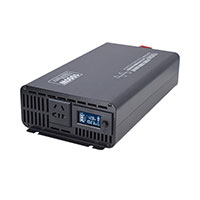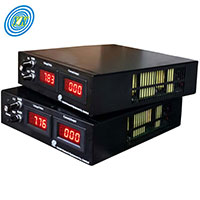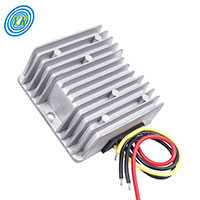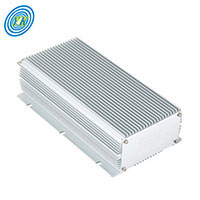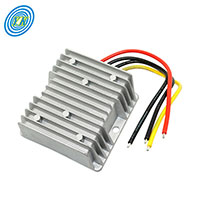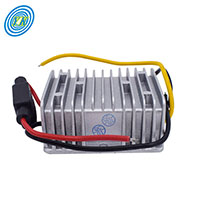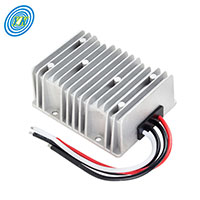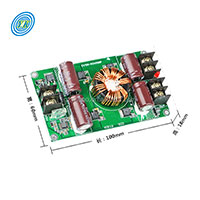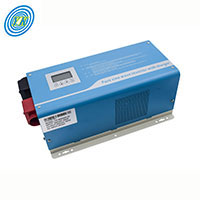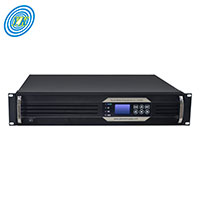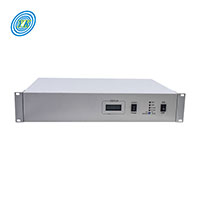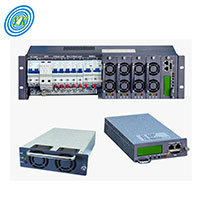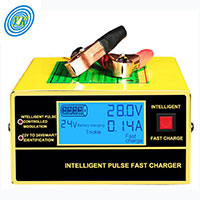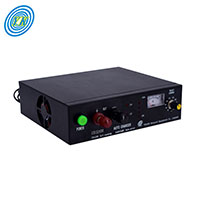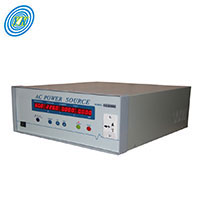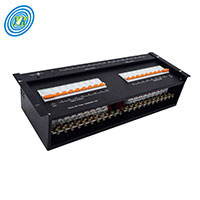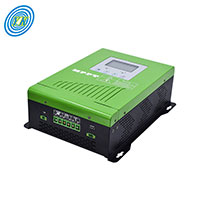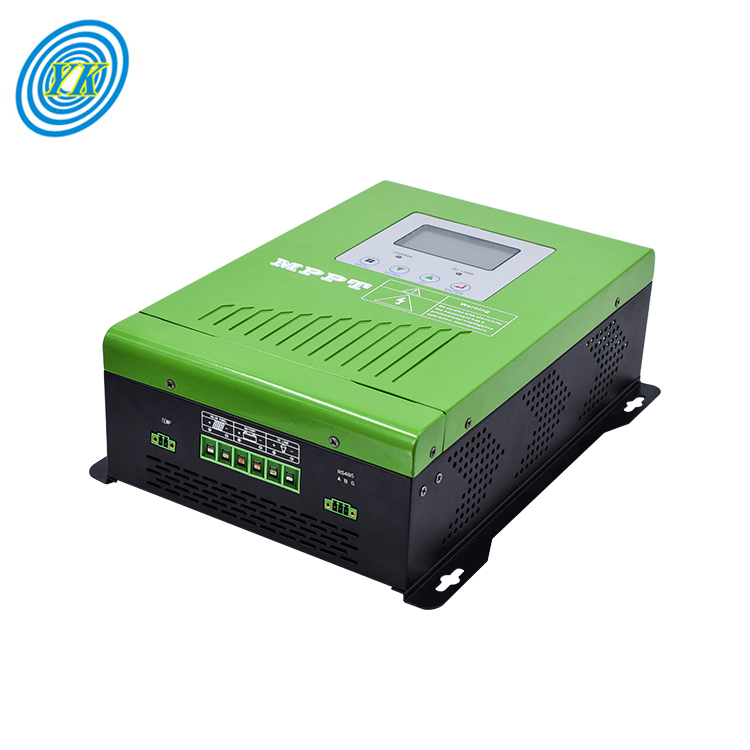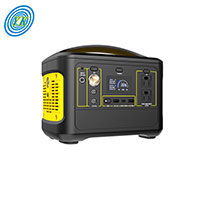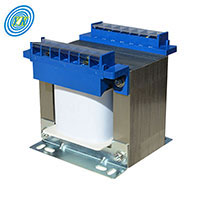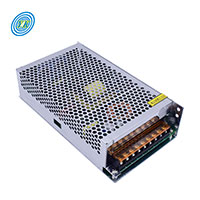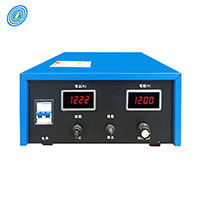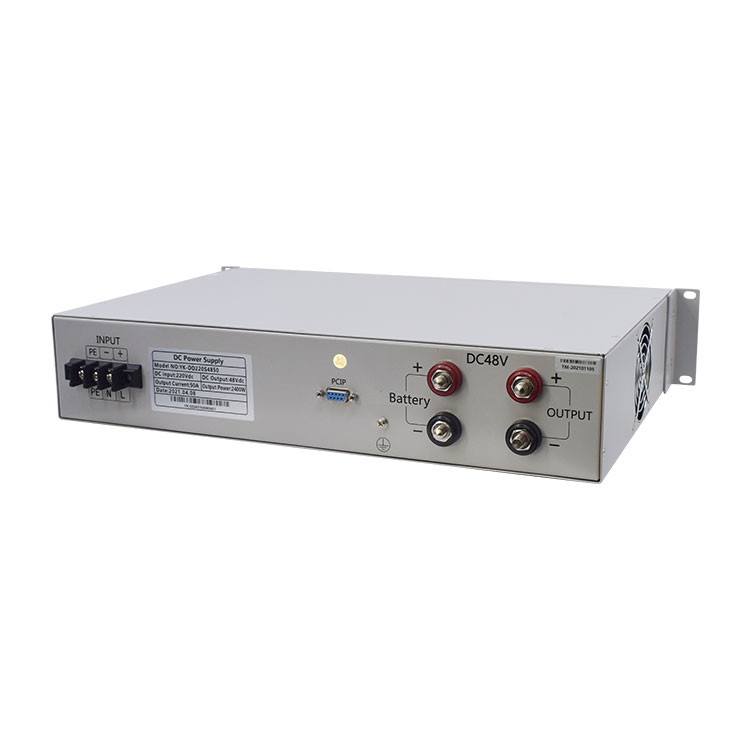
Exploring the Applications of Rack-Mounted DC Converters in Industrial Automation
Click: 680 Date: 09/19/2023 4::53::09 PM
Exploring the Applications of Rack-Mounted DC Converters in Industrial AutomationIndustrial automation is a field that extensively relies on power electronics, particularly DC/DC converters. These devices play a crucial role in controlling and converting electric power, thereby influencing the operation of a wide range of industrial equipment. This article will delve into the applications of rack-mounted DC converters in the realm of industrial automation, shedding light on their importance and functionality.Understanding DC/DC ConvertersDC/DC converters are designed to alter the primary characteristics of electric power, namely current, frequency, and voltage, while maintaining the form of electric power as DC. A DC/DC converter takes power in DC form and outputs a modified voltage level while staying in DC form. The output voltage can be higher or lower than the input, making them crucial in regulating output from power sources that may not be stable or constant, such as those found in battery-operated systems.DC/DC converters can be classified into two main categories based on their design: linear and switching. Linear regulators function similarly to a voltage divider, maintaining a modified constant voltage at the output. Switching regulators, on the other hand, work more efficiently by switching the output on and off as needed instead of maintaining a constant output.Applications in Industrial AutomationIn the context of industrial automation, DC/DC converters are invaluable. They are often used to regulate a broad range of non-electrical variables, such as temperature, motor speed, and radio frequencies, which are critical in various industrial processes.For instance, many field devices in industrial settings require a 24V supply power. Electrical panels are often equipped with DC/DC step-down converters that lower the voltage from the main power supply to meet this requirement. Some field devices not only require this voltage level but are also sensitive enough to need a clean and stable energy supply, which is another reason for integrating a converter.Moreover, there are numerous battery-powered automation applications where it is crucial to integrate DC/DC converters for maintaining a constant power supply to small devices. As a battery discharges, voltage levels gradually drop. Battery voltage is also subject to sudden drops due to unexpectedly high energy demands to the controlled equipment. In such scenarios, DC/DC converters ensure a stable power supply to the programmable logic controller (PLC) and other control devices.ConclusionTo sum up, rack-mounted DC converters play a pivotal role in industrial automation. By effectively controlling and converting electric power, they ensure the smooth operation of various industrial processes and equipment. Their ability to regulate a wide range of non-electrical variables further amplifies their importance in the field. As industrial automation continues to evolve, the significance of these power converters is likely to grow even further.
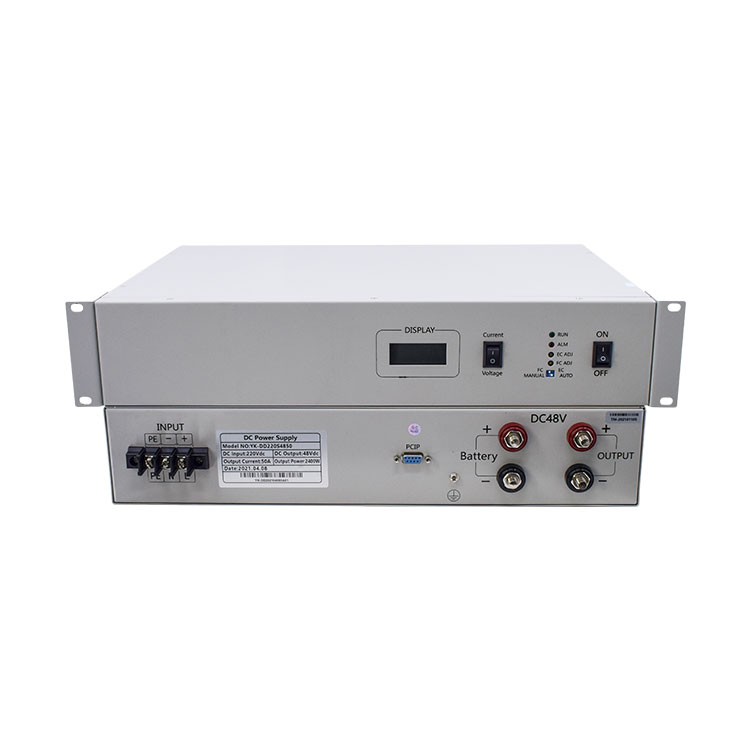
Rack-Mounted DC Converters in Medical Equipment: A Critical Review
Click: 726 Date: 09/19/2023 4::32::09 PM
Rack-Mounted DC Converters in Medical Equipment: A Critical ReviewRack-mounted direct current (DC) converters have become an integral part of various industries due to their high efficiency, compact size, and flexible design. One such industry that greatly benefits from these converters is healthcare. This article provides a critical review of the applications of rack-mounted DC converters in medical equipment.Applications in Medical EquipmentRack-mounted DC converters play a significant role in powering a range of medical equipment. They are used in devices like MRI machines, CT scanners, X-ray machines, and ultrasound equipment, to name a few. These devices require stable and reliable power sources to function accurately, and DC converters provide just that.AdvantagesOne of the primary advantages of using rack-mounted DC converters in medical equipment is their ability to provide clean, consistent power. This is crucial in medical applications where even the slightest fluctuation in power can lead to inaccurate results or even equipment failure. Furthermore, these converters are known for their high power density, which means they can deliver high amounts of power despite their compact size.ChallengesHowever, the use of rack-mounted DC converters in medical equipment is not without challenges. One of the main issues is the need for these converters to meet stringent safety and reliability standards. This is because any malfunction or failure can lead to serious consequences, including patient harm. Additionally, these converters must be designed to operate efficiently under various load conditions, which can be challenging.Future TrendsDespite these challenges, the future of rack-mounted DC converters in medical equipment looks promising. With advancements in technology, these converters are becoming more efficient, reliable, and compact. Moreover, the increasing demand for portable medical devices is expected to further drive the use of these converters in the healthcare industry.ConclusionIn conclusion, rack-mounted DC converters play a critical role in the healthcare industry, powering a range of medical devices with their high efficiency and reliability. While there are challenges associated with their use, the future trends suggest a growing role for these converters in medical applications. As technology continues to advance, we can expect to see even more innovative uses for rack-mounted DC converters in the medical field.
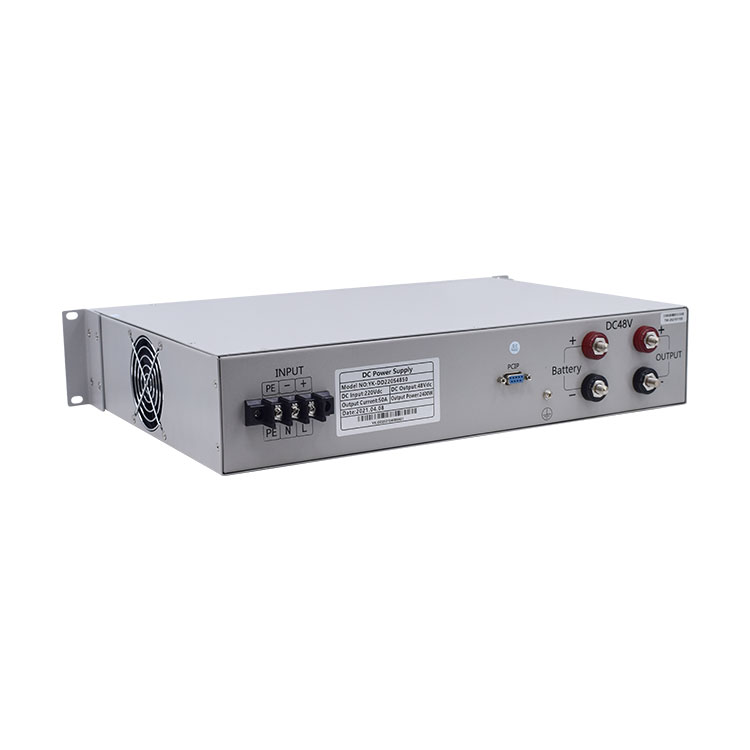
Harnessing Solar Power: Rack-Mounted DC Converters in Solar Energy Systems
Click: 819 Date: 09/19/2023 4::23::07 PM
Harnessing Solar Power: Rack-Mounted DC Converters in Solar Energy SystemsSolar energy is a renewable and sustainable source of power that has gained significant attention in recent years. An essential aspect of harnessing this energy is the conversion of sunlight into usable electrical power. This is where rack-mounted DC converters come into play.The Role of Rack-Mounted DC Converters in Solar Energy SystemsRack-mounted DC converters, also known as DC-DC converters, are devices that convert the direct current (DC) from one voltage level to another. In a solar energy system, these converters are crucial for optimizing the energy harvested from solar panels.The solar panels generate DC electricity when exposed to sunlight. However, this generated power varies due to different factors such as the intensity of sunlight, temperature, and the angle of incidence of sunlight on the panels. A rack-mounted DC converter takes the fluctuating DC output from the solar panels and transforms it into a more stable and usable form of DC power.Benefits of Using Rack-Mounted DC Converters in Solar Energy SystemsThere are several advantages to using rack-mounted DC converters in solar energy systems:Efficiency: These converters allow for maximum power point tracking (MPPT). This feature enables the system to extract the highest possible power from the solar panels under any given conditions 3.Flexibility: Rack-mounted DC converters can handle a wide range of input voltages, making them suitable for various solar panel configurations.Safety: By converting high DC voltages into lower levels, these converters improve the safety of solar energy systems.Scalability: The rack-mounted design allows for easy expansion of the solar energy system as more panels can be added and the corresponding converters can be installed in the same rack.ConclusionRack-mounted DC converters are a crucial component in solar energy systems. They help optimize the use of harvested solar power, enhance the safety and scalability of the system, and offer the flexibility to accommodate various solar panel configurations. As the demand for renewable energy sources increases, the role of these converters in harnessing solar power is expected to grow even more significant.
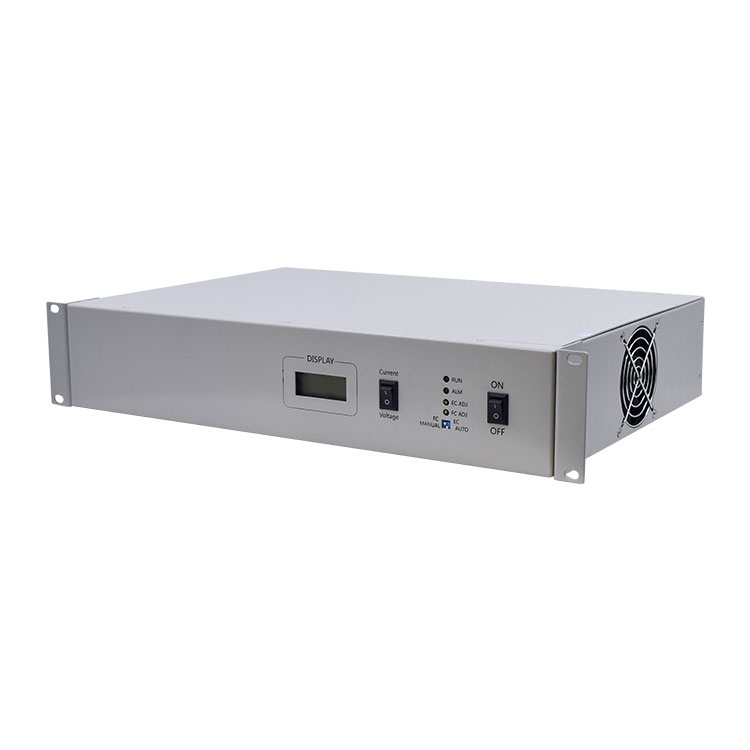
The Role of Rack-Mounted DC Converters in Electric Vehicle Charging Stations
Click: 845 Date: 09/19/2023 3::40::41 PM
The Role of Rack-Mounted DC Converters in Electric Vehicle Charging StationsAs we transition towards a more sustainable future, electric vehicles (EVs) have become an integral part of this journey. However, their widespread adoption is largely dependent on the availability and efficiency of EV charging stations. This is where rack-mounted DC converters come into play, serving as a crucial component in these stations.What are Rack-Mounted DC Converters?Rack-mounted DC converters are devices that convert input DC power from one voltage level to another. They are typically designed to be mounted on a standard 19-inch rack, providing a compact and efficient solution for power conversion. These devices are highly reliable and offer the flexibility to be used in a variety of applications, including EV charging stations.Importance in EV Charging StationsIn EV charging stations, rack-mounted DC converters perform the critical role of converting the high-voltage DC power from the grid or renewable energy sources into a lower voltage suitable for charging the EV's battery. Without these converters, the charging process would not be efficient or safe.The DC converters are also responsible for ensuring that the power flow is controlled and stable, preventing any potential damage to the battery due to overcharging or undercharging. Additionally, they facilitate the communication between the charging station and the vehicle, allowing for the optimization of the charging process based on the battery's status.Enhancing Efficiency and FlexibilityRack-mounted DC converters not only ensure the safe and efficient charging of EVs but also offer greater flexibility in the design and implementation of charging stations. For instance, they enable the integration of renewable energy sources, such as solar or wind power, into the charging infrastructure. This is particularly important as we strive to reduce our dependence on fossil fuels and move towards a more sustainable energy future.Furthermore, their compact size and scalability make them an ideal choice for both small-scale residential charging stations and large-scale public charging networks. They can be easily expanded or upgraded to meet the growing demand for EV charging, ensuring that the infrastructure keeps pace with the increasing number of electric vehicles on the road.ConclusionIn conclusion, rack-mounted DC converters play a pivotal role in the operation of EV charging stations. They ensure the efficient and safe charging of electric vehicles, contribute to the integration of renewable energy sources, and offer the flexibility needed to expand and adapt the charging infrastructure. As the adoption of electric vehicles continues to grow, the importance of these converters in our transition towards a sustainable future cannot be overstated.
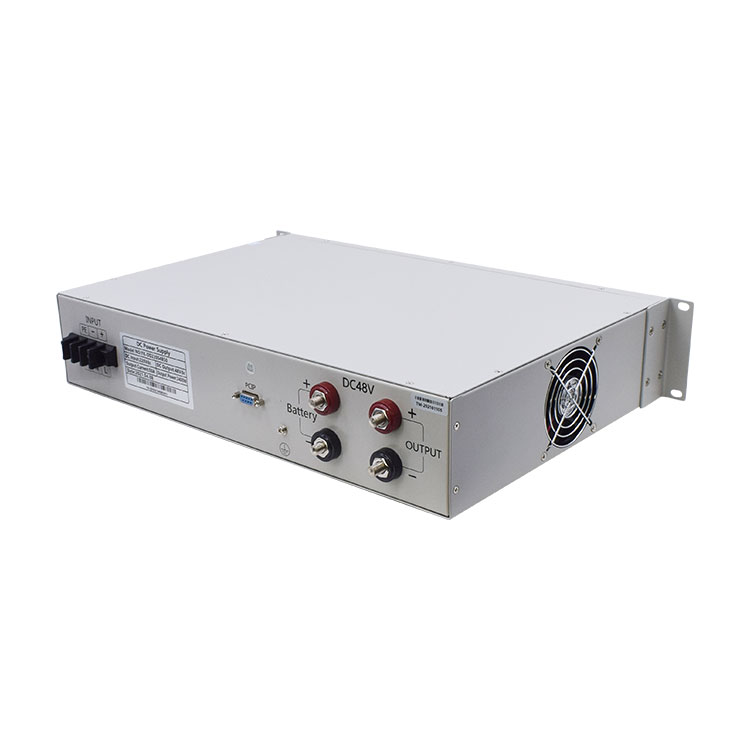
Revolutionizing Telecommunications with Rack-Mounted DC Converters
Click: 862 Date: 09/19/2023 3::09::44 PM
Revolutionizing Telecommunications with Rack-Mounted DC ConvertersIn the telecommunications industry, maintaining steady and reliable power supply is critical. This is where Rack-Mounted DC Converters come into play. With their ability to provide continuous power supply and support bidirectional power flow, these converters are revolutionizing the telecommunications industry.Introduction to Rack-Mounted DC ConvertersRack-Mounted DC Converters are power conversion devices that are designed to fit into a standard electronic rack. These devices are used to convert direct current (DC) from one voltage level to another. They are commonly used in various industries including telecommunications, data centers, and industrial automation. In the telecommunications industry, they play a crucial role in ensuring a steady and reliable power supply for various devices and systems.Role in TelecommunicationsIn the telecommunications sector, Rack-Mounted DC Converters are used to power various devices such as servers, routers, switches, and other network equipment. These devices require a steady DC voltage, which is provided by the DC converters.Bidirectional power flow is one of the key features of these converters. This allows for the grid-to-vehicle interaction (G2V) as well as the vehicle-to-grid (V2G) mode. The V2G technology can significantly improve the overall reliability of the distribution grid. In case of system failure, peak load demand, or other unexpected scenarios, the EVs can be used as a backup generation, supplying the energy back to the grid when needed. This technology can also improve the power quality, stability, and operating cost of the distribution network.Benefits of Rack-Mounted DC Converters in TelecommunicationsRack-Mounted DC Converters offer several benefits in the telecommunications industry:Reliability: These converters provide a continuous power supply, ensuring that telecommunications equipment operates without interruption. This is critical in maintaining communications and data transfer.Efficiency: Rack-Mounted DC Converters are designed to deliver high efficiency, reducing energy consumption and operating costs.Flexibility: These converters can support varying voltage levels, making them suitable for different types of telecommunications equipment.Space Saving: The rack-mount design of these converters saves valuable floor space, which is particularly beneficial in data centers and other facilities where space is at a premium.Future TrendsWith advancements in technology, the role of Rack-Mounted DC Converters in telecommunications is expected to grow. As the demand for data and the need for reliable communications continue to increase, these converters will play an even more critical role in ensuring the smooth operation of telecommunications systems.
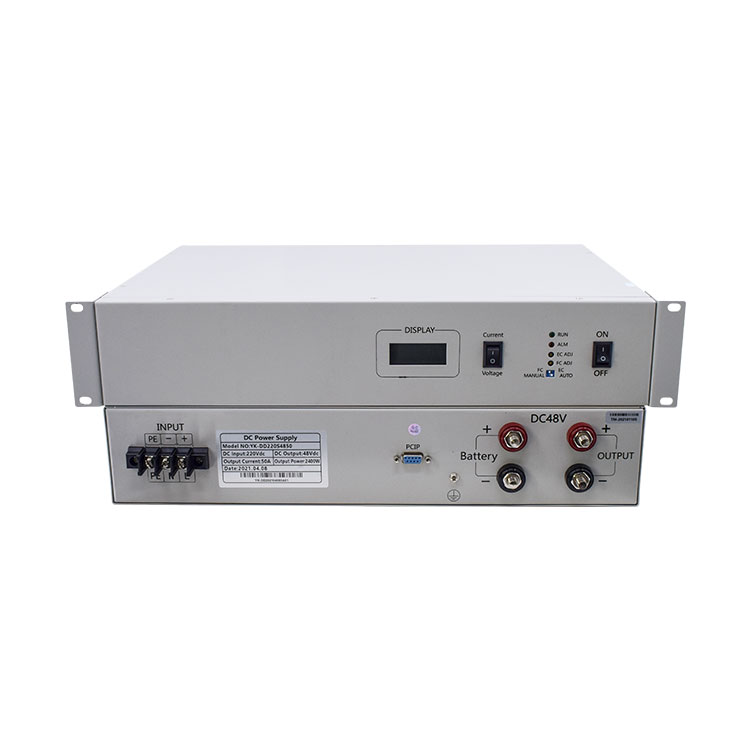
Rack-Mounted DC Converters: The Powerhouse of Data Centers
Click: 856 Date: 09/18/2023 2::16::40 PM
Rack-Mounted DC Converters: The Powerhouse of Data CentersData centers are the backbone of the digital world, and their efficient operation is crucial to a wide array of industries. One essential component that ensures the smooth functioning of these data centers is the Rack-Mounted Direct Current (DC) Converter.Powering the Data CentersDC converters are critical for converting incoming Alternating Current (AC) power into DC power, which is required by the servers and other components in the data center. Rack-mounted DC converters not only perform this essential function but also offer the advantage of compactness, ease of installation, and integration with the standard 19” rack systems commonly used in data centers.Meeting Diverse Power RequirementsRack-mounted DC converters come in a wide range of power ratings to meet the diverse needs of data centers. From low power requirements of 15W to high power needs up to 5000W, these converters offer a versatile solution for different power demands. Moreover, these converters can be designed to provide custom solutions for specific requirements, making them a flexible choice for any data center setup.Ensuring Reliability and EfficiencyReliability is a critical factor in data center operations, and rack-mounted DC converters deliver on this front. These converters are built to withstand the demanding conditions of a data center environment, ensuring stable and reliable power supply heliosps.com. Additionally, their design allows for efficient heat dissipation, which is essential for maintaining the longevity and performance of the converters.The Future of Data Center PoweringWith the continuous advancement in technology, the demand for reliable and efficient power solutions in data centers is set to increase. Rack-mounted DC converters, with their versatility, reliability, and efficiency, are well-positioned to meet this demand. As more data centers move towards higher density setups and seek more energy-efficient solutions, the role of rack-mounted DC converters as the powerhouse of data centers will only continue to grow.In conclusion, rack-mounted DC converters are a critical component in the data center power infrastructure. Their ability to meet diverse power requirements, ensure reliability, and improve efficiency makes them an ideal choice for powering the digital world's backbone.
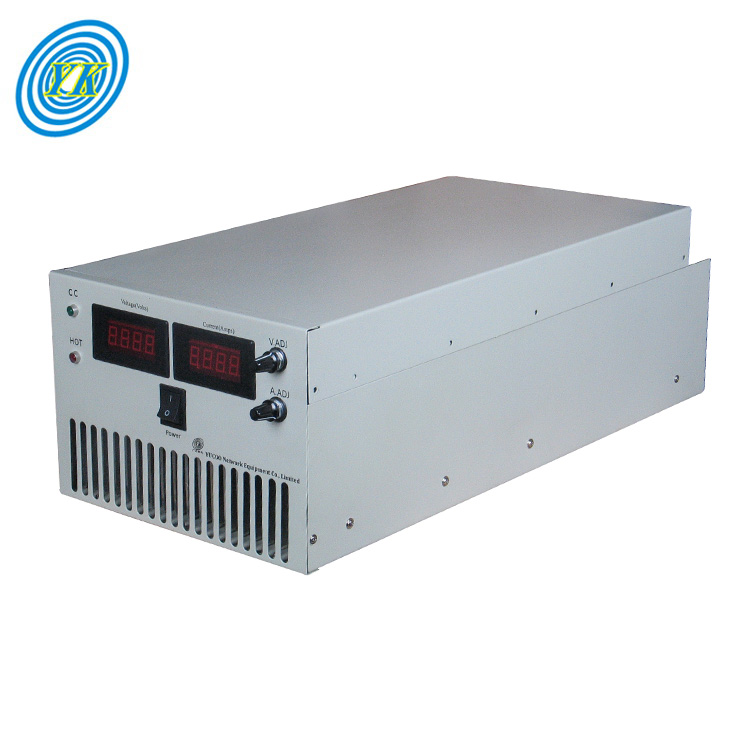
Thinking Outside the Box: Creative Applications of Variable Power Supplies in Art Installations
Click: 685 Date: 09/18/2023 2::00::45 PM
Thinking Outside the Box: Creative Applications of Variable Power Supplies in Art InstallationsVariable power supplies, often seen as a purely technical component, have emerged as a fascinating tool in the realm of art installations. Artists are increasingly leveraging the versatility of these devices to bring their creative visions to life. This article explores some unique and creative applications of variable power supplies in art installations.Art Installations: A Brief IntroductionArt installations have grown immensely popular over the last few decades and have become an important focus for artists, art institutions, and art collections. Installation artworks often aim to transform the viewer’s perception of space, making them deeply immersive. Some installations are silent, others are interactive and require the audience’s participation and engagement to achieve an impact and be interpreted.Variable Power Supplies: The New Artistic MediumVariable power supplies, with their ability to adjust voltage and current output, offer artists a unique medium for expressing their creativity. Artists can manipulate light, sound, movement, and other elements in their installations by controlling the power supply. This opens up a world of possibilities, allowing artists to create installations that interact with viewers, respond to the environment, or change over time.For example, an installation could use variable power supplies to control a network of LED lights, creating a dynamic light display that changes in response to the viewer's movements. Similarly, an installation could use variable power supplies to power a series of motors, creating kinetic sculptures that move and change shape. The use of variable power supplies in such installations allows for a high degree of control and precision, enabling artists to realize their creative visions in ways that were not previously possible.Case Studies of Variable Power Supplies in Art InstallationsInteractive Art Installation: Augmented EncountersOne interesting example of the use of variable power supplies in art installations is the "Augmented Encounters" project at Penn State. This interactive installation used variable power supplies to control a series of electronic components, creating an immersive and participatory experience for viewers. The participants used the art techniques of Shibori indigo dying (Japanese manual tie-dying) and repoussé (ornamental metal with patterns made in relief by hammering or pressing on the reverse side). To create an augmented-reality component, they embedded crafted spoken-word messages in the piece, which users can access with a QR code.10.000 Moving Cities by Marc LeeAnother example is the "10.000 Moving Cities" installation by Marc Lee. This interactive installation uses variable power supplies to control a series of projectors and screens, creating a dynamic and immersive environment that changes in response to the viewer's interactions. The installation uses Internet feeds from various cities around the world, creating a constantly changing landscape of images and sounds.ConclusionThe innovative use of variable power supplies in art installations illustrates how technology can be a powerful tool for artistic expression. By controlling and manipulating electrical power, artists can create dynamic and interactive installations that engage viewers in new and exciting ways. As technology continues to evolve, it will be exciting to see how artists continue to leverage variable power supplies and other technical components in their work.
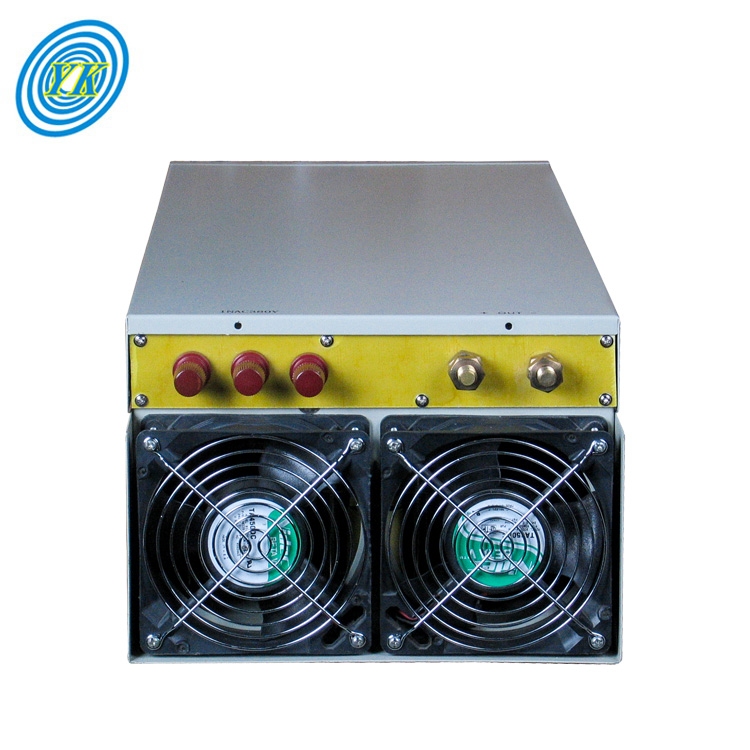
Enhancing Efficiency: Variable Power Supplies in HVAC Systems
Click: 985 Date: 09/15/2023 4::21::10 PM
Enhancing Efficiency: Variable Power Supplies in HVAC SystemsIntroductionHeating, Ventilation, and Air Conditioning (HVAC) systems are vital components of modern buildings, contributing to the comfort and health of occupants. However, these systems can consume a significant amount of energy, which can lead to high operating costs and environmental impact. A promising solution to these challenges is the use of variable power supplies (VPS) in HVAC systems. This article will delve into how variable power supplies can enhance the efficiency of HVAC systems.The Role of Variable Power SuppliesVariable power supplies allow the power delivered to a load to be adjusted based on the demand. This means that instead of running at full power all the time, the HVAC system can modify its power consumption based on factors such as outdoor temperature, occupancy, and time of day. This ability to adjust power consumption in real-time can significantly reduce energy usage and costs.Benefits of Variable Power Supplies in HVAC SystemsEnergy EfficiencyWith a variable power supply, an HVAC system can operate at lower power levels when demand is low, thereby reducing energy consumption. This can result in significant savings on energy bills.Improved ComfortVariable power supplies can provide more consistent temperature control by making small adjustments to power levels. This avoids the temperature swings that can occur with traditional on/off control methods, leading to improved comfort for building occupants.Extended Equipment LifeBy reducing the number of on/off cycles, variable power supplies can extend the life of HVAC equipment. Fewer cycles mean less wear and tear on equipment, leading to lower maintenance costs and longer equipment lifespan.ConclusionIn conclusion, variable power supplies represent a promising technology for enhancing the efficiency of HVAC systems. By allowing these systems to adjust their power consumption based on demand, variable power supplies can reduce energy usage, improve comfort, and extend equipment life. As energy costs continue to rise and environmental concerns become increasingly urgent, the adoption of variable power supplies in HVAC systems is likely to become more widespread.
